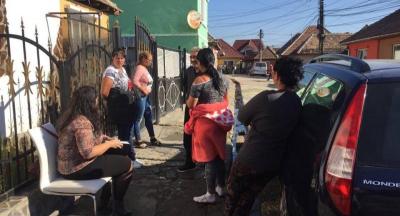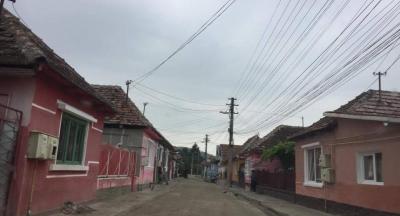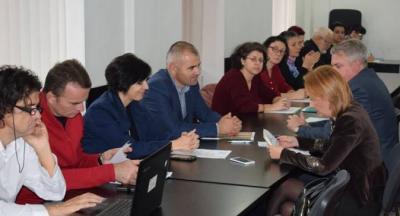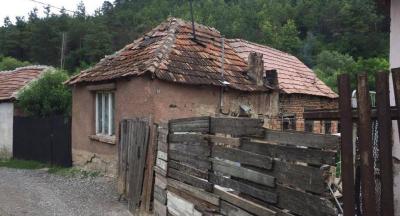Dumbraveni
*Disclaimer: The information and views set out in this page do not necessarily reflect the official opinion of the Council of Europe and/or the European Commission. Neither the Council of Europe, the European Commission nor any person acting on their behalf may be held responsible for the use which may be made of the information contained therein.
Dumbraveni is a city situated in the north of Sibiu County, in the center of Transylvania, central Romania. Dumbrăveni (also known as Elisabethstadt/Erzsébetváros) consists of 3 localities: Dumbrăveni (residence), Ernea and Saros pe Tarnave. The 3 major ethnic representation in Dumbrăveni are: Romanians (66.49%), Roma (17.44%), Hungarians (8.73%). The largest Roma neighborhood is Cartierul, almost 700 people live here. Tiglarie community is the second largest Roma community, 600 Roma live here in poor conditions, houses (mostly made by mud mixed with straw) with small rooms and most of them without bathroom. Also, in Saros pe Tarnave village are living approximately 450 Roma and in Ernea village another 100 Roma. The living conditions are precarious, a large number of the community members live on the guaranteed minimum income. The school frequency is very low and the chances of drop out are high.
The ROMACT Process
ROMACT process started on May 2017 in Dumbraveni with the signature of the Letter of Agreement. The Community Action Group (CAG) identified some of the short/medium/long-term needs (the list is constantly updating):
| Mid/long-term priorities | Objective 1 | Objective 2 | Objective 3 |
|---|---|---|---|
| Education | 2 school mediators positions | Preventing drop-out in kindergarten and school (very high rate) | Develop Second chance and School after school programs |
| Health | Prevent early pregnancies among Roma girls/ promote planning campaigns | ||
| Infrastructure | Bring drinking water and sewerage in the community | Rehabilitation of the roads in the community |
- With ROMACT expertise, the city hall applied for European funding and received help to implement projects related to reducing the number of marginalized communities at risk of poverty and social exclusion through integrated measures.
Several trainings were also provided: - - For the local administration employees: EU funds accessing and local budgets.
- - For the community action group members: information regarding government funding, training on community development and civic participation etc.
- Trainings provided for the local administration:
Applying for European Structural Funds
Activities involving the community action group:
*Community development and civic participation - The following measures were implemented:
- * Family planning campaign for young mothers
- * Sanitization activity in Tiglarie community
Due to a conflict between the Mayor and the Local Council, The Joint Action Plan was not approved by the end of ROMACT process in February 2019.





